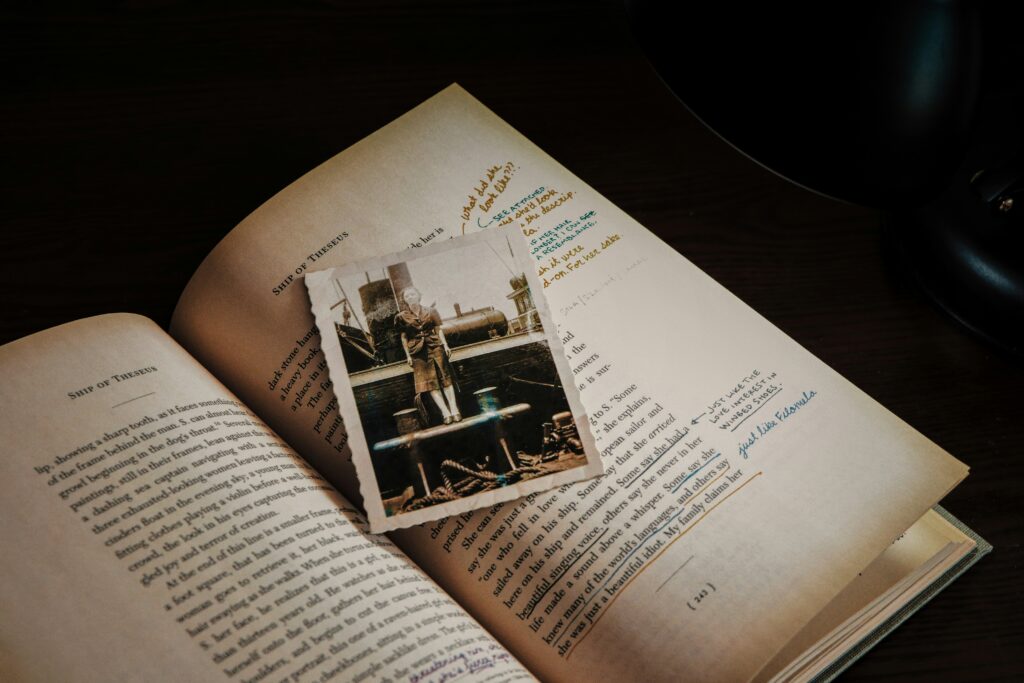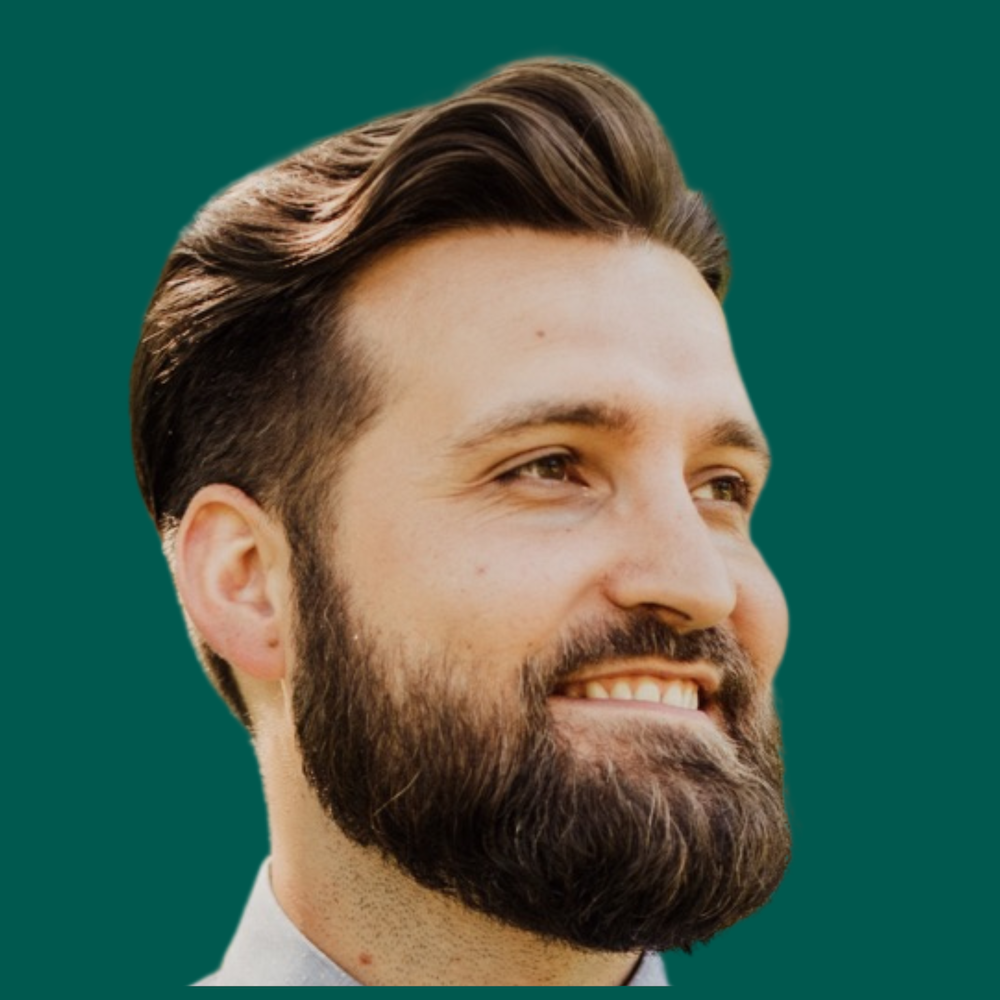
Imagine you’re mapping out your family.
Two parents, four grandparents, eight great-grandparents.
The numbers double with each step back.
Fast math, 10 generations deep, that’s more than a thousand individuals. Go back twenty? Over a million. Keep going and by the time you reach 900 AD, on paper, your ancestry should count in the hundreds of billions.
But the global population was nowhere near that. Never has been. Never will be. So, what’s. wrong with the math?
That’s the ancestor paradox in a nutshell.
You should have more ancestors than humans who ever lived combined. But the math is off for a reason.
Family Trees
Turns out, family trees aren’t neat pyramids. They’re tangled webs.
This is the thing: small communities, limited gene pools, recurring names, cousins marrying cousins. In medieval villages, in royal circles, even today, family lines overlap. A lot.
The person who appears as your great-great-grandfather might also be your cousin’s ancestor several times over. Mathematically, “pedigree collapse” is the answer. Your family tree folds in on itself. Instead of endless new faces every generation, branches double back.
Same guy, different position.
Ancestry
It’s not just theory. Take Europe around 900 AD.
History, genetics, and mathematics say if you have European ancestry today, odds are almost everyone alive then (who left descendants) is in your family tree. We want to believe our lineage is unique, special. The real story looks different. Individuality slips away when you start mapping the deeper roots.
Isolation never lasted.
Even if branches split off, they rarely stayed separate. Wars, famines, plagues, all the drama of human history led to lots of overlapping families.
Records
The records don’t help, either.
Fires destroyed archives, spelling errors muddled documents, wars scattered families. By the time genealogists hit the 1800s, things start to blur. Drastically.
If you’re lucky, you get a few clear lines, maybe the odd noble in an old book. But mostly you run into gaps. Empty spaces are proof of just how connected we all are. No one gets a pristine tree.
Some find all this disappointing. They want tidy origin stories, neat lineages, certificates proving their roots. But the paradox is strong. It knocks down the idea of solitude. We’re all more related than we realize.
The mathematics is brutal. Double the ancestor count every generation: 2, 4, 8, 16, and so on. The line explodes; the planet can’t keep up. Enter pedigree collapse. Communities in the past were small. Intermarriage was a way of life. Genealogy becomes a network, not a set of straight lines. Your hypothetical chart gets tighter, loops back.
DNA
Then there’s mitochondrial DNA, the matrilineal line.
One woman passes her mitochondrial DNA down an unbroken chain to millions alive today. You, me, the neighbor, probably half your street. No exceptions. That web, much more than surname maps, is real proof of our communal ancestry.
Let’s take another step.
Suppose you’re deep into family history research. You get hyped about ancestry black holes, the stretches where records drop off, names disappear. Frustrating, sure. But it’s part of the paradox. We aren’t running out of ancestors. We’re running into circles. Every time you trace another line, you shorten the odds it’ll cross with another.
Takeaway
First, the romantic idea of completely unique ancestry doesn’t exist. Second, what feels like a dead end might be a crossroad. Third, the paradox isn’t a problem to fix. Go far enough back, and the boundaries get fuzzy. The old world was crowded, not by numbers, but by connections.
My roots aren’t only mine. They fanned out and merged back. They’re mixed up with yours.
With people I’ll never meet, with the stories and genes I’ll never know. That’s human. That’s the paradox.
Europe by the year 900.
If you have any European blood, you’re probably related to everyone from that time who left descendants. Insanely wide family, right?
Similar stories played out everywhere: Asia, Africa, the Americas. Human dispersal, mixing, survival. The longer you stare at the old records, the clearer it gets.
Ancestry is a hyperlinked network. That’s the ancestor paradox.
